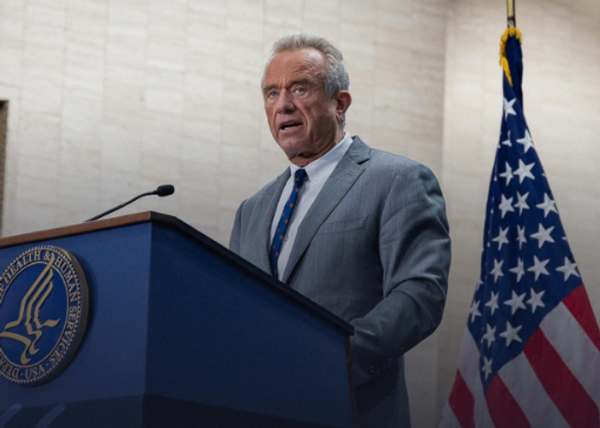
Russia’s attack on Ukraine in February changed things as oil prices soared. In December, the price of the Indian basket of crude oil had averaged $73.3 per barrel. Back then, the oil market did not expect Russia to attack Ukraine. However, as the possibility increased, so did the price of oil. It averaged $84.7 in January and $94.1 in February before shooting up to $112.9 in March after Russia attacked Ukraine in late February.

You might also like
Read the fine print on govt's big capital expenditure
Govt aims lower after missing high divestment target
What you gain from buying one policy for multiple vehicles
High e-auction prices power Coal India profits
India’s dependency on oil imports has gone up over the years. From April to September this year (H1FY23), it imported 86.8% of the total consumption needs. In H1FY22, it had imported 84.8%.
Two things happen when oil prices rise. First, the price of petroleum products, such as petrol, diesel, kerosene, and cooking gas, also rises unless the government asks state-run oil marketing companies (OMCs) not to raise prices. It then compensates the OMCs out of taxes. However, as history tells us, OMCs aren’t always compensated for 100% of the under-recoveries. So, someone ends up bearing the cost, either in the form of higher prices or in the form of uncompensated under-recoveries.
Second, with oil prices going up, more dollars are needed to buy oil. This increases the demand for the dollar and, in turn, puts pressure on the value of the rupee. This is in an environment where the rich world central banks have been increasing interest rates to control decadal-high inflation. This has also been putting pressure on the value of the rupee. A weaker rupee, along with higher prices for petroleum products, feeds into retail inflation, making things difficult for citizens on the whole.
Thus, India decided to buy oil from Russia, though this didn’t go down well with the US and many countries in Europe.
During H1FY23, in volume terms, India bought around 14.6% of the total oil it imported from Russia, which is now India’s third largest import partner when it comes to oil, behind Saudi Arabia and Iraq, having displaced the UAE from the third position.
The oil from Russia has been bought at 7.2% lower than the average price that India has paid for imported oil this year. This has helped control the trade deficit a little. The trade deficit is the difference between overall goods exports and goods imports.
The original idea was to buy oil from Russia in rupees. This would have lowered the demand for dollars India needs to buy imported oil, reducing the pressure on the value of the rupee against the dollar. Nonetheless, media reports have suggested that Indian oil companies continue to buy oil from Russia using dollars.
A possible reason for this could be that Russia barely imports goods from India. In H1FY23, the country imported goods worth just $1.3 billion from India. In comparison, India has imported oil worth $15.7 billion from Russia.
If Russia had accepted the payments for oil in rupees, it would have ended up with a huge rupee surplus, for which it wouldn’t have any immediate use.
A September Reuters news report suggested that “traders supplying Russian oil in July had asked at least two Indian companies to settle in dirham". However, that payment did not go through and, ultimately, the oil imports were paid for in dollars.
With the Russian oil being bought in dollars, the whole thing makes sense only as long as India is buying oil at a discount to the prevailing market price. That is the long and the short of it.
Elsewhere in Mint
In Opinion, Anil Baijal & OP Agarwal tell how to make Delhi’s air less hazardous. Niharika Chopra explains how Europe's tough ESG norms will impact Indian firms. Madan Sabvnavis questions if India really needs to issue sovereign green bonds. Long Story profiles India's innovative tool to fast-track infrastructure.







